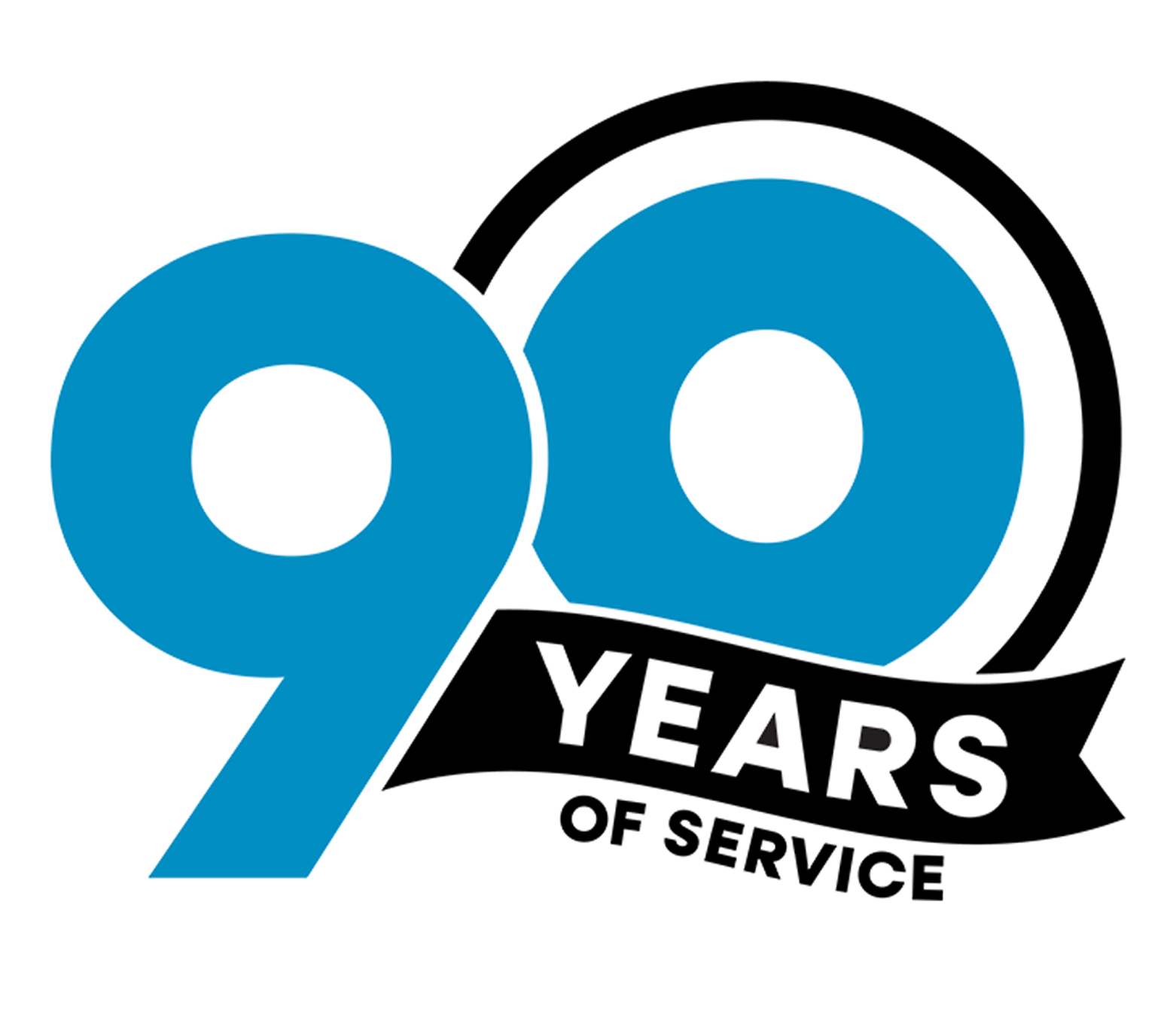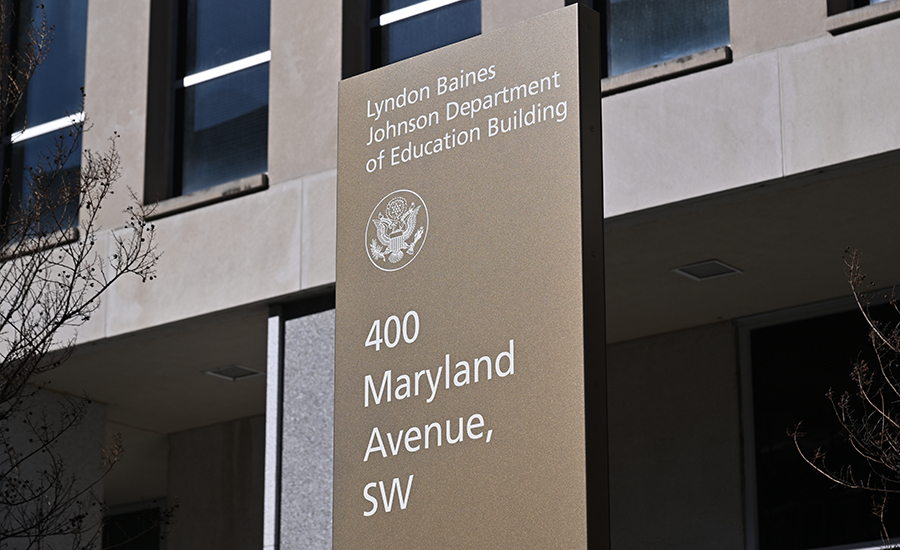On April 22, 2025, the Department of Education announced that its Office of Federal Student Aid (FSA) will resume involuntary collections on defaulted student loans starting May 5. The move will affect roughly 5 million borrowers who are in default on their federal student loans—and the department noted that the number could climb to 10 million in just a few months.
What Involuntary Collections Mean for Defaulted Borrowers
In early May, the Department of Education, in partnership with the Department of the Treasury, will restart involuntary collection efforts on defaulted federal student loans. The program has been paused since March 2020 due to the COVID-19 pandemic. Soon after collections resume, borrowers will receive information from FSA on resolving their default status. Here’s what defaulted borrowers can expect:
1. Communication from Federal Student Aid (FSA)
Borrowers in default will receive email communications from FSA at the beginning of May, urging them to contact the Default Resolution Group. When they do, they will be presented with options like:
- Monthly payments
- Enrollment in income-driven repayment plans
- Loan consolidation, which could combine defaulted loans into a new Direct Consolidation Loan.
- Loan rehabilitation, which removes the borrower from default after nine timely monthly payments
- Forbearance, which allows borrowers facing hardship to temporarily pause payments (though interest will continue to accrue during the pause).
2. Credit Reporting
If you are a borrower in default, your default status will be reported to credit bureaus. This could significantly impact your credit score, and the damage could remain on your credit report for seven years. Unfortunately, this negative impact may make it harder to qualify for loans, credit cards, and even rental properties.
3. Withheld Federal Payments
While your loans are in default, the government can withhold federal payments through the Treasury Offset Program (TOP) to cover the defaulted student loans, including:
- Federal tax refunds
- Federal salaries
- Social Security benefits
- Other federal benefits
4. Wage Garnishment
After a 30-day notice period, the Department may begin garnishing the wages of borrowers in default.
Take Action Before Collections Resume
If you’re in default on your federal student loans, now is the time to act. Reach out to the Default Resolution Group or visit StudentAid.gov to explore your options. Whether it’s loan rehabilitation, consolidation, or enrolling in an income-driven plan, the sooner you act, the more control you’ll have over your financial future. And, of course, we understand that resumed student loan payments or wage garnishments will stretch your budget. If you’re concerned about how this might affect your ability to manage your Maps loan, please get in touch. We’re here to work with you.
Loan Default FAQs
What happens when a student loan enters default?
When a federal student loan goes into default—typically after about 9 months of missed payments—it can have serious consequences. The entire loan balance becomes due immediately (a process called acceleration), and the government can begin involuntary collections. You may also lose eligibility for further federal student aid and certain repayment or forgiveness programs.
What does forbearance mean?
Forbearance is a temporary pause or reduction in your student loan payments, usually granted during times of financial hardship. Interest typically continues to accrue during forbearance, which means your loan balance may grow even though you’re not making payments. It’s different from deferment, which may pause both payments and interest in certain cases (like active military service or enrollment in school).
What’s the difference between delinquent and default for student loans?
A loan becomes delinquent on the first day you miss a payment. It remains delinquent until you catch up or make arrangements with your loan servicer. If the loan remains unpaid for too long—270 days for federal loans—it enters default. Default brings much more serious consequences, including collections, loss of federal aid eligibility, and credit damage.
Can defaulted student loans be forgiven?
In some cases, yes—but forgiveness usually requires getting out of default first.
Will my credit score go up if I get my student loans out of default?
Getting out of default won’t erase the missed payments from your credit history (which may last up to seven years on your record). However, getting out of default can stop additional damage and improve your score over time.
How many payments do I have to make to rehabilitate a defaulted student loan?
To rehabilitate a defaulted student loan, you must make nine on-time monthly payments within a 10-month period. Those payments must also be voluntary (not through wage garnishment), but you can request reasonable income-based payments during the process.

